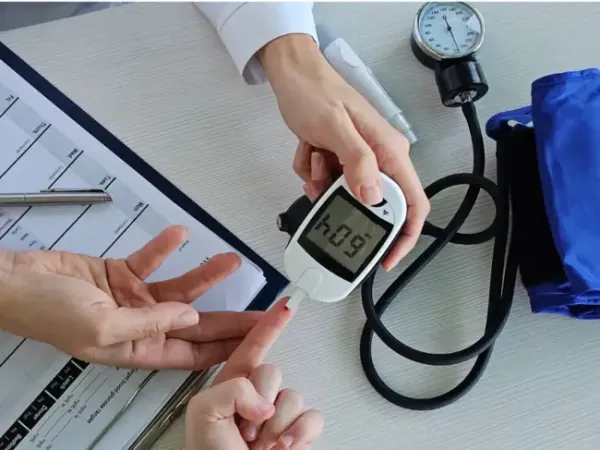More than one in three adults in the United States has prediabetes, a condition marked by elevated blood sugar that falls short of a diabetes diagnosis. Left unmanaged, approximately 70% of individuals with prediabetes eventually develop type 2 diabetes, along with complications such as heart disease, kidney problems, and nerve damage. Traditionally, reversing prediabetes has focused on weight loss through diet, exercise, or medications.
Dr. Andreas Birkenfeld, a co-author, told Medical News Today that “a lifestyle intervention can bring prediabetes into remission, meaning back to normal glucose values, even without weight loss, and this remission cuts future type 2 diabetes risk by approximately 70% over up to 10 years.”
Experts like Dr. Sonia Caprio from Yale School of Medicine note that this study highlights a weight-independent pathway for improving glucose regulation, emphasizing that “glycemic status is related to body fat distribution, not just weight.”
This study emphasizes that prediabetes reversal is achievable without dramatic weight loss. Focusing on healthy glucose regulation and body fat distribution can significantly reduce long-term diabetes risk, offering hope for millions seeking to reclaim their metabolic health.
A paradigm shift: Glucose control over weight loss
According to a report from Morning News Today, a new study published in Nature Medicine suggests that prediabetes can be reversed even without losing weight. Researchers from the University Hospital Tübingen in Germany found that participants who achieved normal blood glucose regulation after a year of lifestyle interventions—but did not lose weight—had a 70% lower risk of developing type 2 diabetes over five years compared with those who did not achieve remission.Dr. Andreas Birkenfeld, a co-author, told Medical News Today that “a lifestyle intervention can bring prediabetes into remission, meaning back to normal glucose values, even without weight loss, and this remission cuts future type 2 diabetes risk by approximately 70% over up to 10 years.”
It’s not about total fat, it’s about fat distribution
Interestingly, participants who reversed prediabetes showed changes in fat distribution rather than total fat loss. Their bodies stored more subcutaneous fat, found beneath the skin, and reduced visceral fat, which surrounds abdominal organs and contributes to inflammation and insulin resistance. Dr. Reiner Jumpertz-von Schwartzenberg explained, “This reversal of prediabetes in the absence of weight loss was likely via better insulin sensitivity, improved beta-cell function, and a shift of fat toward subcutaneous rather than visceral depots.”Experts like Dr. Sonia Caprio from Yale School of Medicine note that this study highlights a weight-independent pathway for improving glucose regulation, emphasizing that “glycemic status is related to body fat distribution, not just weight.”
Lifestyle interventions that make a difference
The study reinforces that managing prediabetes goes beyond the scale. Effective interventions include:- Physical activity: 150 minutes of moderate aerobic exercise weekly plus resistance training 2–3 times a week to improve insulin sensitivity and reduce visceral fat.
- Dietary modifications: Mediterranean or DASH diets, rich in fiber, whole grains, vegetables, fruits, nuts, seeds, and healthy fats, while limiting sugars, processed foods, and saturated fats.
- Sleep and stress management: Adequate sleep and stress regulation further support glucose control and metabolic health.
This study emphasizes that prediabetes reversal is achievable without dramatic weight loss. Focusing on healthy glucose regulation and body fat distribution can significantly reduce long-term diabetes risk, offering hope for millions seeking to reclaim their metabolic health.





